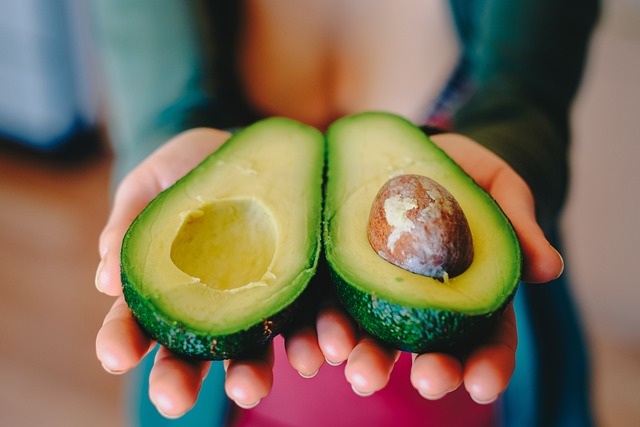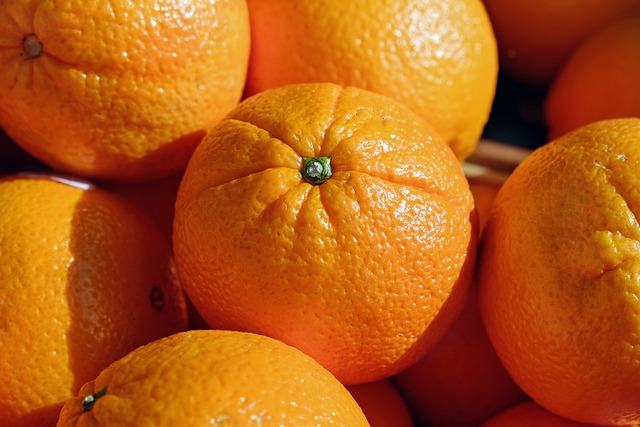Beyond Yogurt: Exploring Unexpected Sources of Probiotics
Probiotics have gained popularity in recent years due to their potential health benefits, particularly for improving digestion and boosting the immune system. While yogurt is often touted as the go-to source for probiotics, there are actually many other unexpected sources of these beneficial bacteria. Let’s dive into some lesser-known sources of probiotics that you can incorporate into your diet.
Sauerkraut

Sauerkraut is a popular fermented food made from cabbage. It is rich in probiotics, including various strains of lactic acid bacteria, that promote a healthy gut. These bacteria are responsible for the fermentation process that converts the cabbage into sauerkraut.
To ensure the sauerkraut you consume contains live probiotics, look for unpasteurized varieties in the refrigerated section of your grocery store or consider making your own at home. Sauerkraut can be enjoyed as a condiment or added to sandwiches, salads, or stir-fries for a tangy and probiotic-rich boost.
Kombucha

Kombucha is a fermented tea that has gained popularity as a probiotic-rich beverage. It is made by fermenting sweetened tea with a culture of bacteria and yeast known as SCOBY (symbiotic culture of bacteria and yeast). The fermentation process produces a slightly fizzy drink with a tangy flavor.
While kombucha can be found in various flavors at health food stores and supermarkets, it can also be made at home. However, be cautious when making your own kombucha to ensure a sterile environment and avoid contamination. Enjoying a refreshing glass of kombucha can provide your body with probiotic benefits, along with potential antioxidant and detoxification properties.
Miso

Miso, a traditional Japanese seasoning made from fermented soybeans, rice, or barley, is not only delicious but also a great source of probiotics. The fermentation process involves the action of koji, a specific type of fungus, on the ingredients, resulting in the production of beneficial bacteria.
You can easily incorporate miso into your diet by adding it to soups, stews, marinades, or even using it as a base for salad dressings. Just remember that miso is high in sodium, so consume it in moderation.
Tempeh

Tempeh is a popular plant-based protein source that originates from Indonesia. It is made from fermented soybeans and is packed with probiotics, as well as essential nutrients like calcium and iron. The fermentation process binds the soybeans together, creating a firm and nutty-tasting product.
Tempeh can be sliced, marinated, and pan-fried as a delicious meat alternative in sandwiches or stir-fries. It can also be crumbled and used as a ground meat replacement in various dishes.
Kimchi

Kimchi, a staple in Korean cuisine, is a spicy and tangy fermented side dish made from vegetables such as napa cabbage, radish, and scallions. It is rich in probiotics, vitamins, and fiber, making it a flavorful and healthy addition to any meal.
Kimchi







